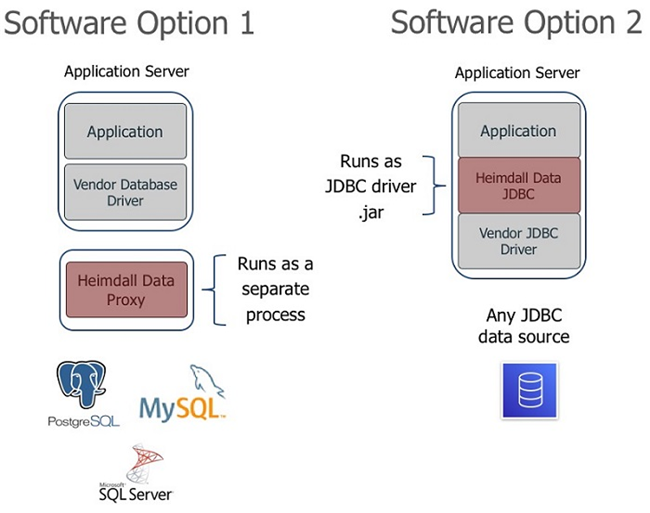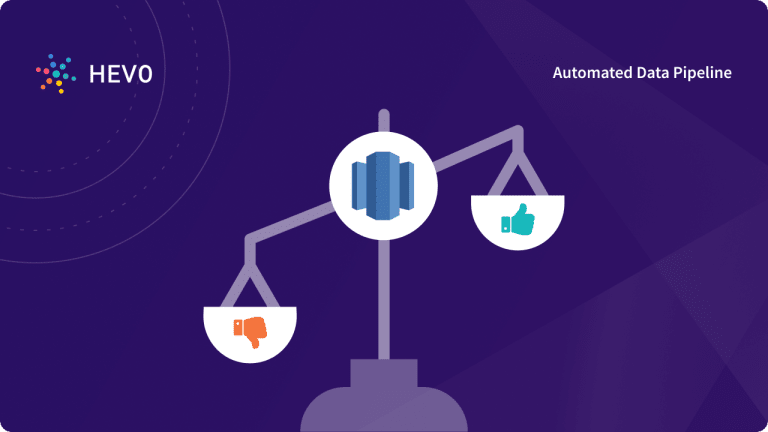
Now that you have a general understanding of both Redshift and Athena, let’s talk about some key differences between the two. Athena can be used to analyze unstructured, semi-structured, and structured data stored in Amazon S3. It’s completely serverless, meaning there’s no foundation that needs managing or set up, and it’s also fully portable.


Amazon AthenaĪthena is an interactive query service that allows you to conveniently analyze data stored in Amazon Simple Storage Service (S3) by using basic SQL. Redshift is best used for large and structured datasets. Users are then able to quickly run complicated queries and intelligently analyze the outcomes. Redshift first requires the user to set up collections of servers called clusters each cluster runs an Amazon Redshift engine and holds one or more datasets. It’s based on PostgreSQL 8.0.2 and is designed to deliver fast query and I/O performance for any size dataset. Redshift is a fully managed data warehouse that exists in the cloud. In this tutorial, we’ll explain more about Amazon Redshift and Amazon Athena and do a comparison between the two. While both are great means of analyzing data, each has its own advantages and disadvantages.

Both products of Amazon, Redshift and Athena are tools that have helped build cloud-based data warehouse technologies into more interactive, current, and analytical solutions to big data problems. A common solution for many is cloud-based data services.
Redshift vs rds pricing how to#
“Big data” is a buzzword in today’s world, and many businesses are looking into how to handle their own big data.


 0 kommentar(er)
0 kommentar(er)
